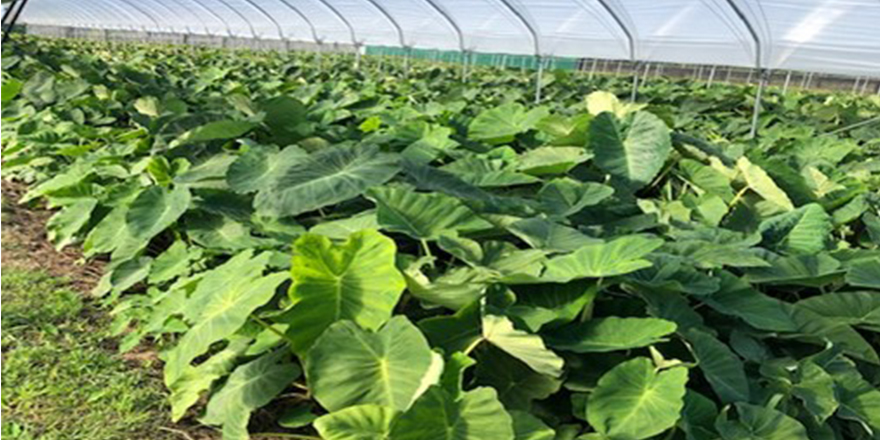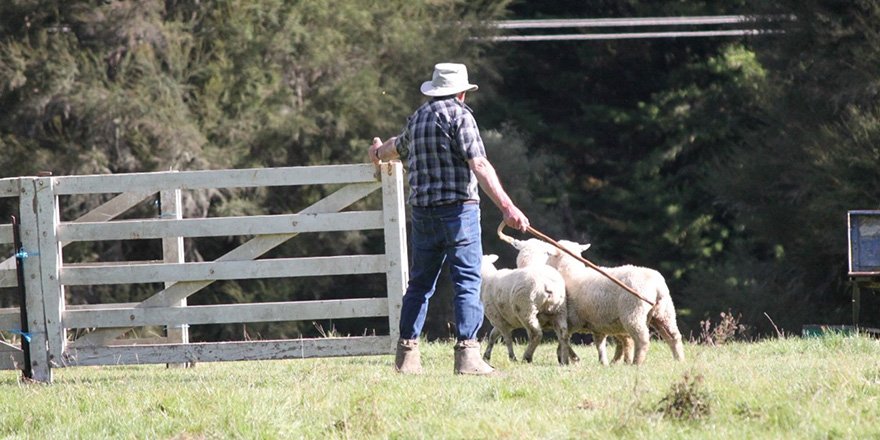
Executive summary
New Zealand agriculture is grappling with change as it seeks to find a new balance between feeding the world’s growing population while maintaining profitability and reducing negative environmental impacts.
There is a lot of doubt whether regenerative agriculture (RA) can provide a better way to address this global challenge and there is concern that it may increase emissions intensity, lower farm profitability, and struggle to feed the growing population.
RA is regarded by some as the solution to the global food crisis. Positive environmental outcomes can, in some cases, be achieved with the use of RA. High rates of carbon sequestration have been proven, albeit in depleted USA soils rather than in NZ.
RA is not well defined and there is a lack of scientific evidence backing some of its claims. Results from the system have proven to be unpredictable and highly variable. Some successful farm practices such as minimum tillage, avoiding bare ground, and using mixed pasture species are attributed to RA when in fact
they were used well before the RA concept emerged. These are already considered best management practices in a NZ conventional system.
There is evidence that greenhouse gas emissions and N leaching can be reduced on a per-hectare basis using RA. However, this appears to be achieved mainly through reducing inputs, resulting in lower production and farm profitability. When analysed per unit of production, these environmental gains were
much less apparent.
The benefits of altering soil microbiology are frequently discussed among RA communities. The claimed benefits have not been thoroughly tested and will require more research.
Some farmers using RA concepts say they are achieving similar levels of production with fewer inputs. RA systems must be tested over many years to see if any initial benefits can be maintained. For example, if high levels of soil fertility existed before changing to RA, these can be ‘mined’ for several years before production levels then crash.
This report suggests that, while there are positive aspects of RA, it is unlikely to match the productivity and profitability that can be achieved with conventional agriculture. If this is the case, RA may be able to reduce environmental impacts, but it will fail to help grow the food supply to meet the needs of the world
population increase or to maintain NZ export income.
If, as appears likely, that agricultural outputs such as meat and milk produced using RA methods have higher emissions intensity, there is a real risk for the farmers involved. Offshore customers for NZ agricultural products look very favourably at NZ’s low emissions intensity and demonstrate little interest in
NZ’s internal debate about sector-by-sector total emissions. Higher emission intensity products may be discounted in value. Further, NZ farmers will soon have to start paying more for their emissions. Improved efficiency and lower emissions intensity will be the key to viably adapting to this change.
NZ farmers and growers should note how RA has been used in marketing to obtain a “green premium”. The industry can learn from RA about leveraging these advantages.
Recommendations
1. Treat investment into regenerative agriculture with caution due to the lack of scientific evidence, and variation in its outcomes and likely reduction in farm profitability. This applies to farmers, growers, and processors.
2. Research the untested claims of regenerative agriculture. Particularly soil microbiology and the effect it has on plant growth. Such research is difficult to carry out at farmer level and will likely require input from CRIs.
3. Introduce practices such as minimum tillage, avoiding bare ground, and mixing low numbers of pasture species, to those farms that are not doing so already.
4. Develop marketing strategies for NZ food and fibre which leverage the consumer positivity associated with ‘greener’ farm practices. This will likely require input from both processors and industry-good organisations.
Kris Bailey




